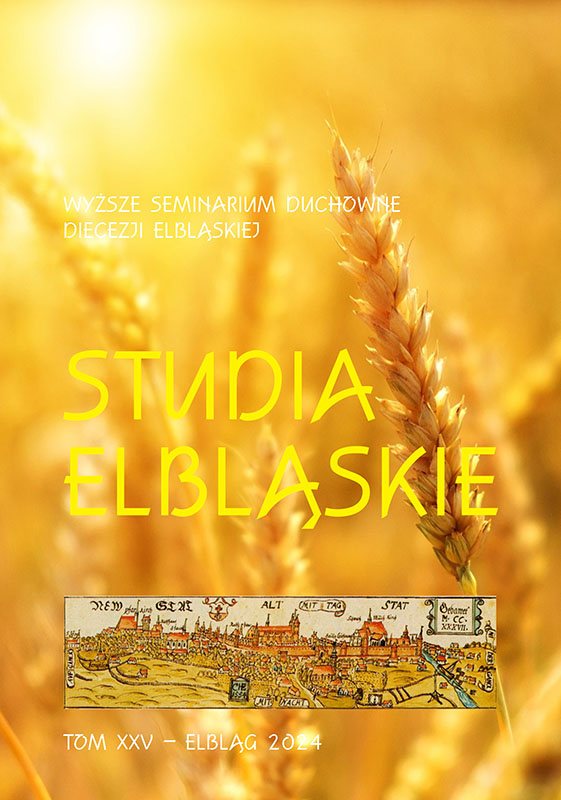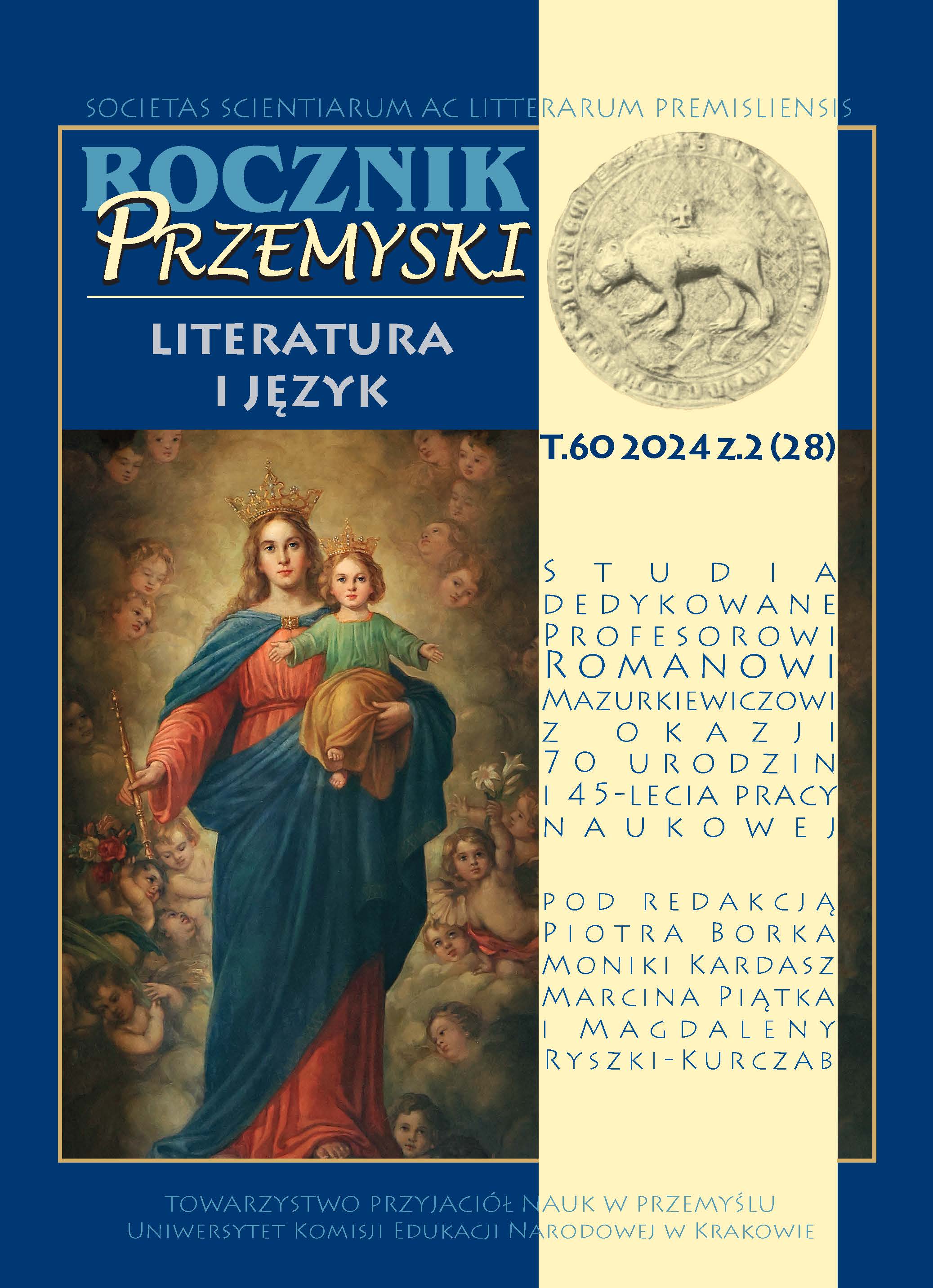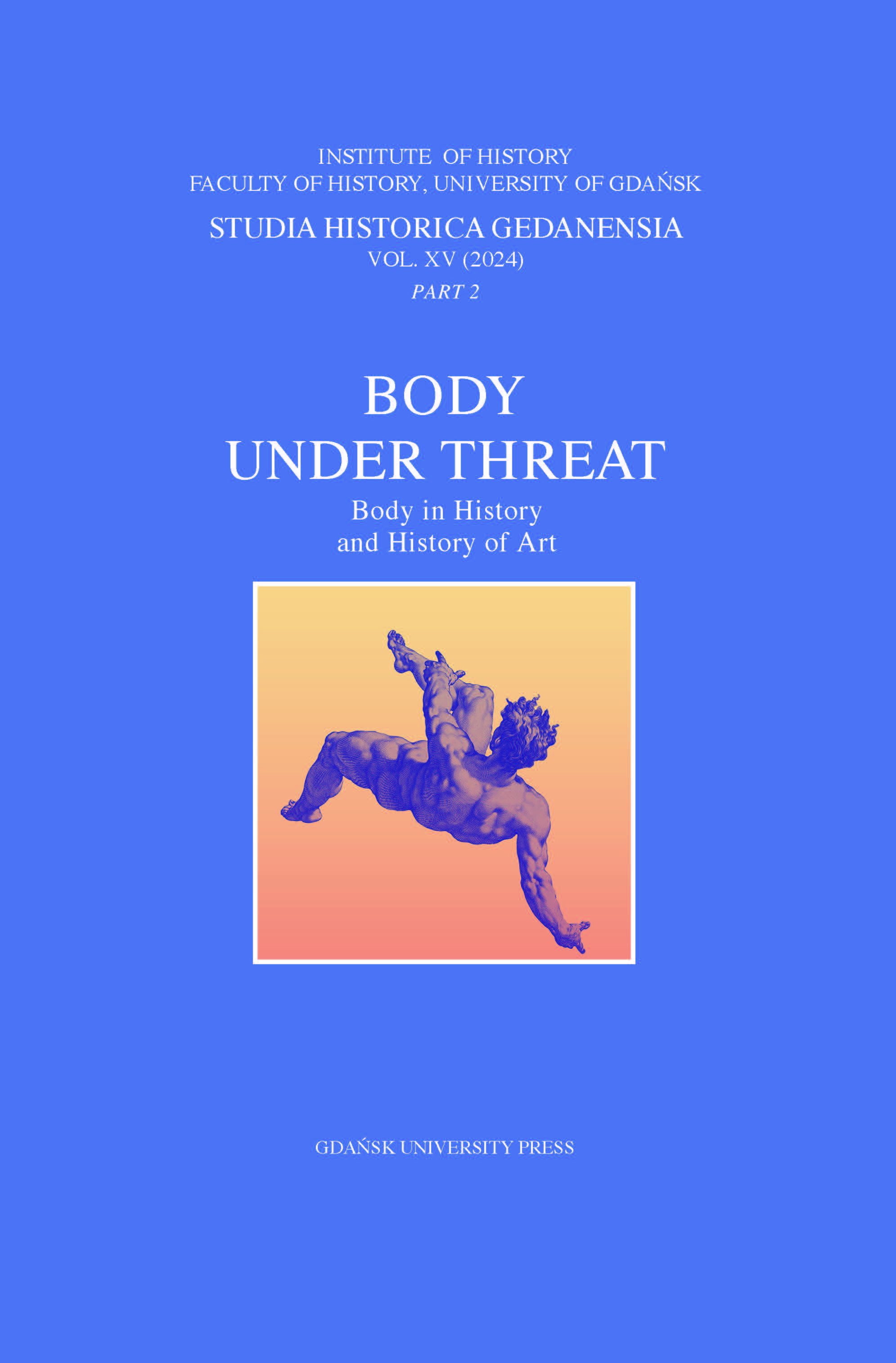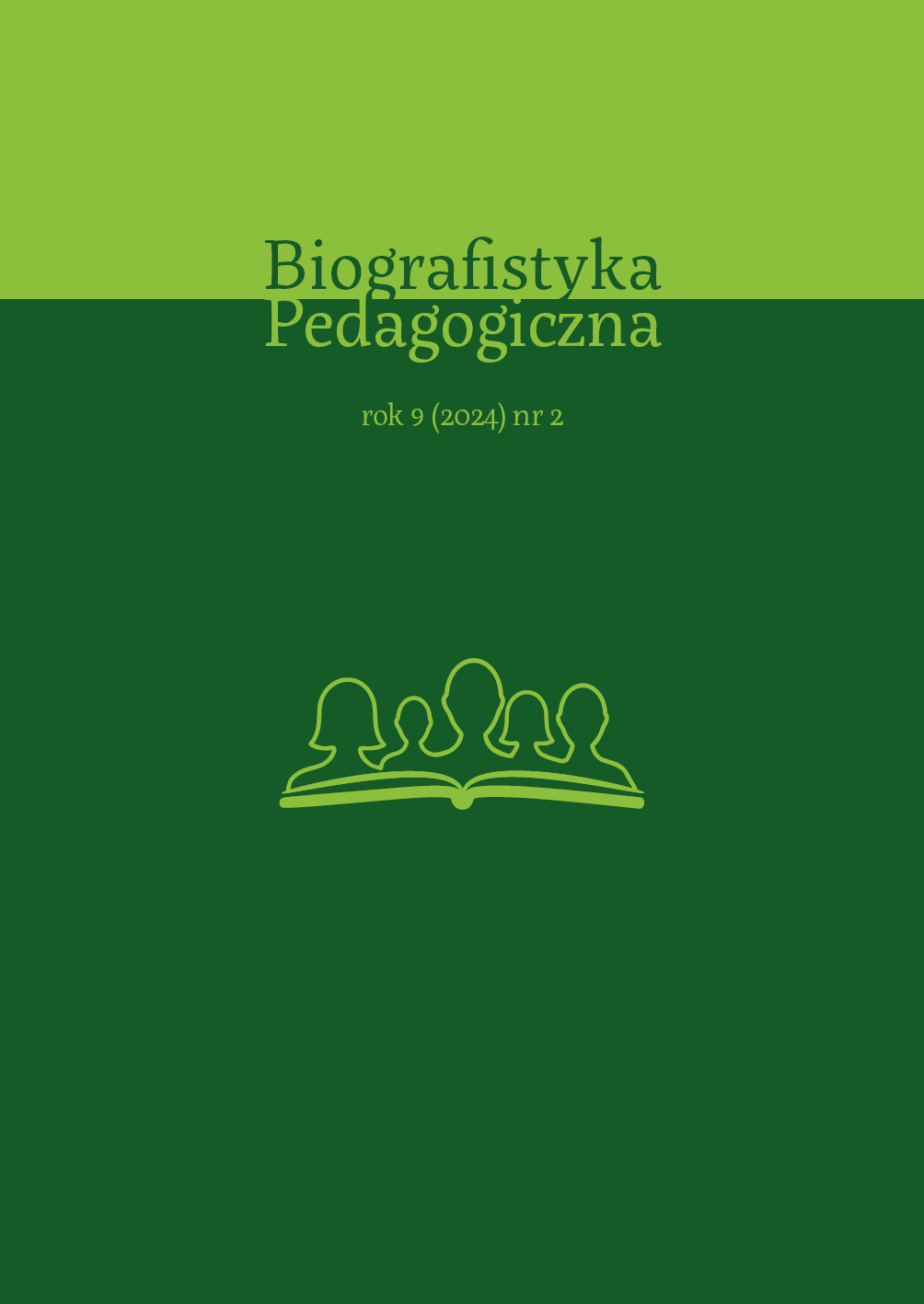Author(s): Piotr Towarek / Language(s): Polish
Issue: 25/2024
The presented article is a study summarising the research in aspectual hagiology (cf. K. Parzych-Blakiewicz) conducted by the author over the past ten years. It brings together collections of great musical forms dedicated to the saints (mass propria, masses, motets, cantatas, oratorios, operas) collected in original catalogues. The collected material is divided into four groups of compositions, which are dedicated to: 1. Blessed Virgin Mary; 2. Saint Joseph; 3. holy women: Anne, Mary Magdalene, Catherine of Alexandria, Teresa of Avila; 4. holy men: apostle James the Greater, Martin of Tours, Cyril and Methodius, and Hyacinth of Poland. The author proves that the saints are the subject of interest for the creators of great musical forms not only in the past, but also today. Contemporary music thus constitutes a theological place in this area (loci theologici, cf. M. Cano, S.C. Napiórkowski). It is an environment in which the memory of the saints lives on and inspires. This inspiration of contemporary music by the saints also becomes a kind of apologia of Christianity (cf. J. Ratzinger). The profiles of selected saints presented in the collected catalogues, based on great musical forms dedicated to them, complement their image, shaped by historians, liturgists, theologians of spirituality, hagiologists, as well as by popular piety and art: literature, painting, sculpture and film.
More...






